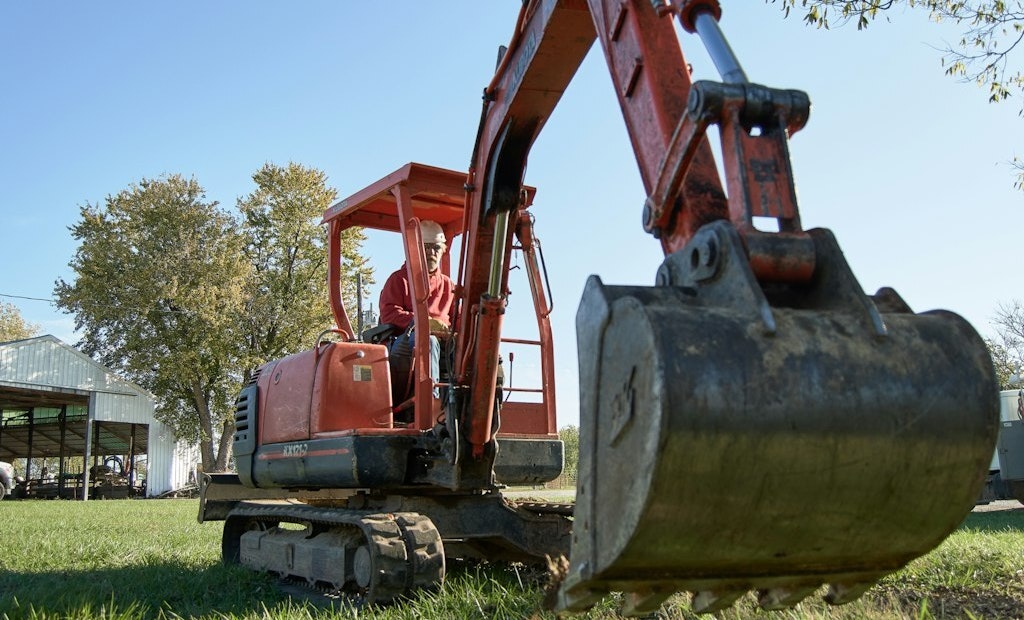Interested in Safety?
Get Safety articles, news and videos right in your inbox! Sign up now.
Safety + Get AlertsSarah Magruder Lyle, president and CEO of the Common Ground Alliance, who provides what she considers to be the five most pervasive myths and common errors in the industry, as well as five key actions contractors can take to enhance their safety programs and support industry efforts.
5 excavation myths
1. “I’m not digging deep enough to bother calling it in.”
Lyle says, “It’s never ‘not deep enough.’ Every dig is deep enough to warrant a call to 811.”
2. “I dig here all the time.”
This implies the contractor has a complete and accurate working knowledge of underground conditions. The fact is every dig should have a locate, for mailbox and fence posts, for planting shrubs and flowers; not just foundations and drainage. Even if you do know the ground, the ground can and does shift and takes underground infrastructure with it.
3. “I’m not in an area that needs marking.”
If you’re digging — anywhere — the area needs to be marked.
4. “I know I should call, but …”
The general public often doesn’t know to dial 811 before performing what they consider to be common homeowner tasks. Unlike homeowners, contractors can’t claim ignorance. “Contractors are more likely to know they should call, but whether they call or not is a different problem,” Lyle says.
5. “How bad could it be?”
Undervaluing the consequences of not calling can be a catastrophic error in thinking. Annual damage from dig-ins (the term for unintentional disruption of underground services) is estimated at $30 to $60 billion. “It’s no longer a copper wire to a few homes,” says Lyle. “It’s fiber-optic to businesses, emergency services, schools, and more.” The extent to which the contractor is liable for damages depends largely on whether the call to 811 was made.
CGA asked contractors who said they called in “most of the time” why they skipped calling sometimes. The most common responses were “I already know the area” or “it was marked previously.” They also asked contractors who said they always call in why they did so. The No. 1 reason for their diligence was that they had witnessed or were involved in a dig-in and its consequences. One of the most well-known tragic outcomes was the death of an Illinois father and son who hit a natural gas pipeline while tilling their farm field. They had not called 811.
Lyle says it’s important to note that, “The professional equipment operator can do everything correctly and still have a dig-in and not be at fault. The quality of the operator’s performance is directly related to the quality of the information provided. This is why we’re working on damage prevention. We have to get better at mapping; there is no Google Maps for underground.”
One problem within the system is that of over-notification. A contractor has several jobs coming up and calls them all in at the same time thinking that there will be at least one site marked and ready for the crew to start work. The locator is bound by state law to do the locates within a specific time of receiving that call. “It doesn’t matter if on Monday the locator gets 100 requests or 1,000; they have to be done in a timely fashion as required by law. This is a big problem,” Lyle says.
Promoting safe excavation
Contractors committed to safe digging need to go beyond just calling 811 before each and every dig.
According to the CGA 2020 DIRT Report, released in September 2021, “Failure to notify the one-call center/811 remains the largest individual root cause” of dig-ins. But digging before verifying marks by potholing combined with the failure to maintain clearance make up the most consistent cause of damage due to operator error.
Abandoned facilities and locator error together make up the greatest cause of damage traceable to locator error. Together these faults account for nearly 70% of damage events, according to that study.
CGA has a wealth of resources. One especially valuable resource is the CGA State Resource & Information Map. Click on a state to get contact info and a convenient overview of requirements plus a link to request a locate as either a homeowner or contractor.
“Calling 811, verifying marks by potholing, maintaining clearance … these are all essential steps,” Lyle says. “But to have a truly meaningful role in the effort to minimize dig-ins, contractors must be willing to go further.”
CGA highlights additional steps contractors should take to improve digging safety in the research white paper “Data-Informed Insights and Recommendations for More Effective Excavator Outreach,”
1. Download and use elements of the 811 Communications Plan to aid your organization’s public awareness program. Calling 811 should be part of a comprehensive strategy and the Communications Plan provides a framework for that.
2. Submit data to the Damage Information Reporting Tool (DIRT) to help CGA better track national and state data trends that can indicate progress and additional areas for improvement. The information available to each contractor is at least partly the result of other contractors taking time to contribute information to the system.
3. Read the DIRT Report and use the online interactive dashboard, which provides filtering by state or industry. Use these tools to implement opportunities for reducing damages.
4. Work with your local one-call center for state law training opportunities. At its core, one-call is a legal mandate. Take advantage of training opportunities to ensure you are in compliance.
5. Read the CGA Technology Report to learn how technology is making damage prevention more efficient and effective. You wouldn’t base your understanding of an excavation site on Sanborn fire maps; technology has brought vastly more information to the public since those maps were published. New technology continues to emerge that provides even better insights and the CGA Technology Report is an excellent resource for staying current.






